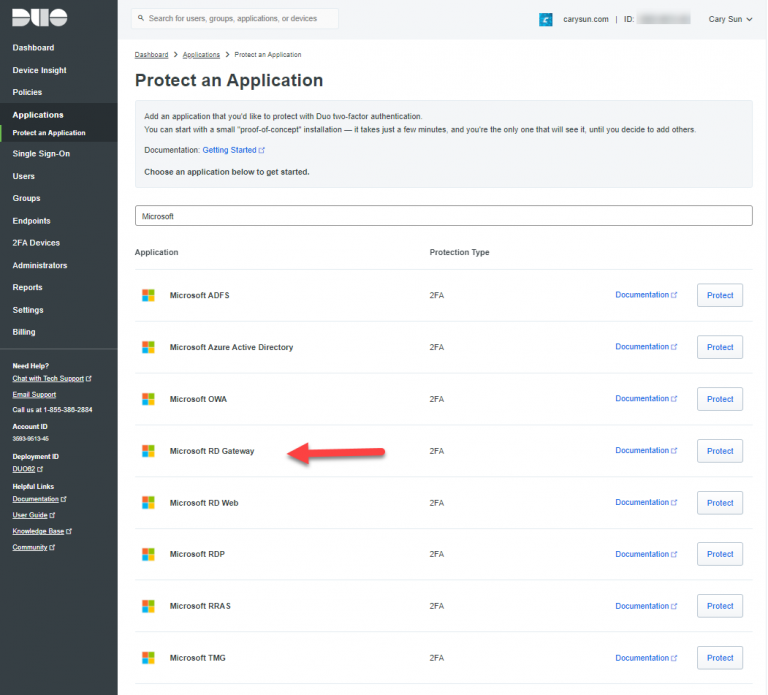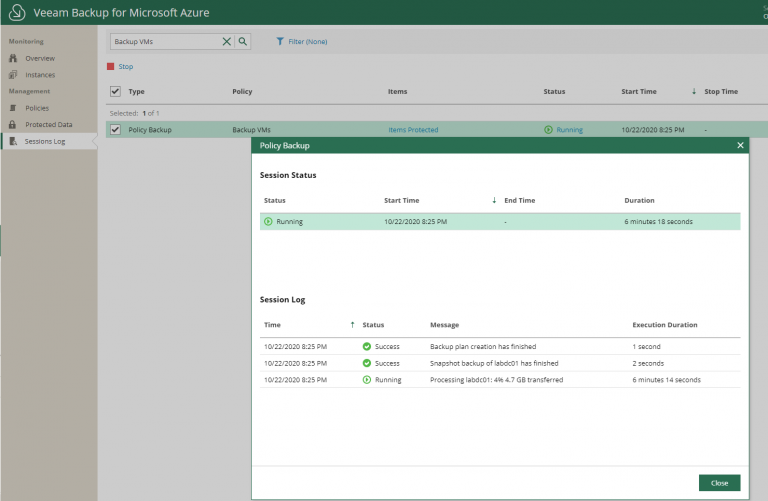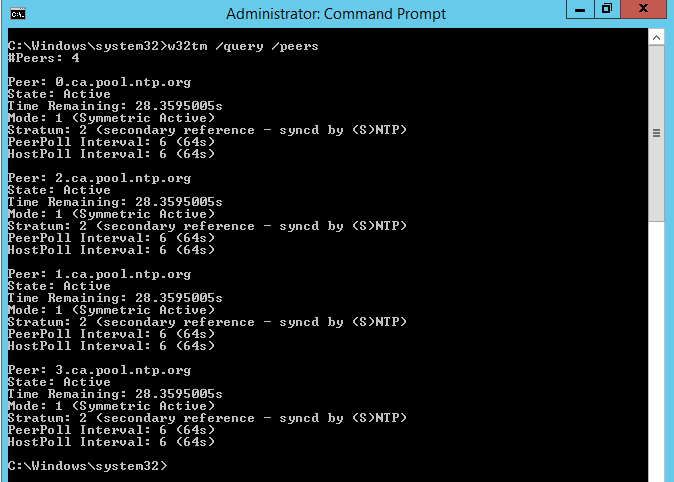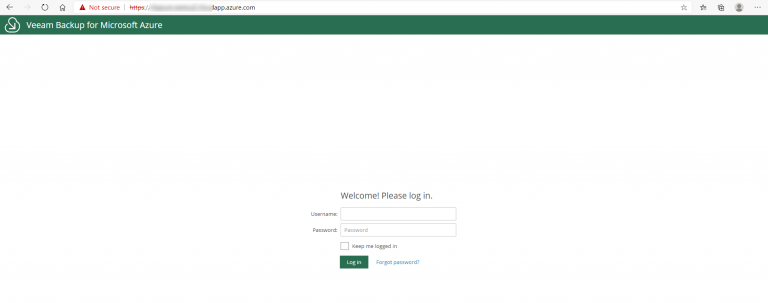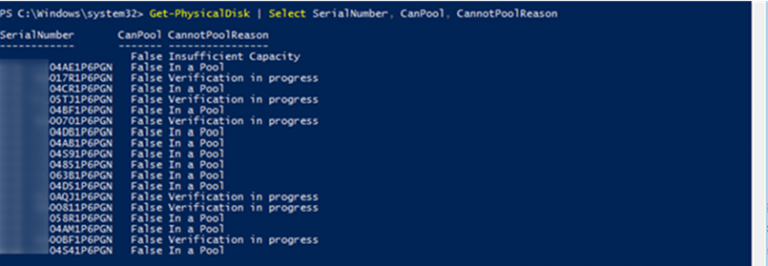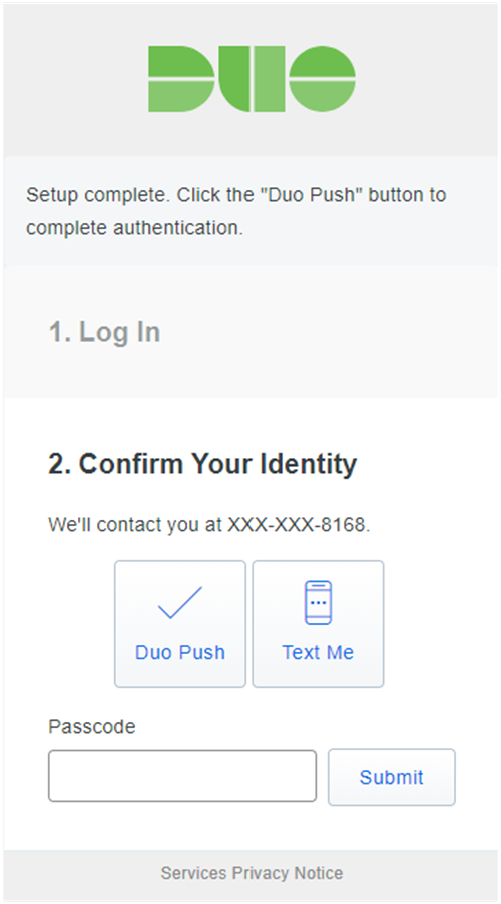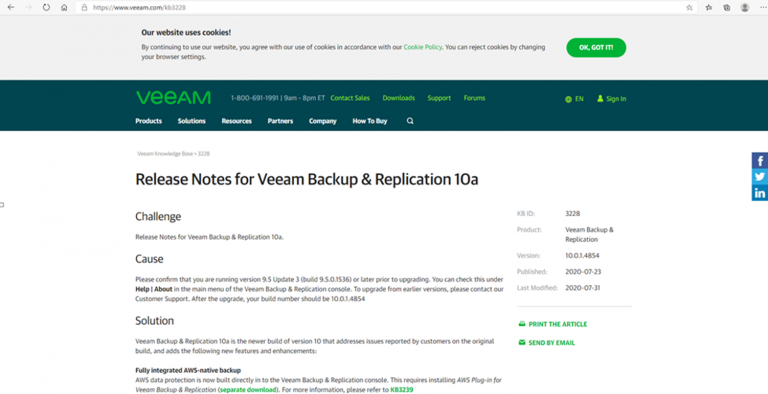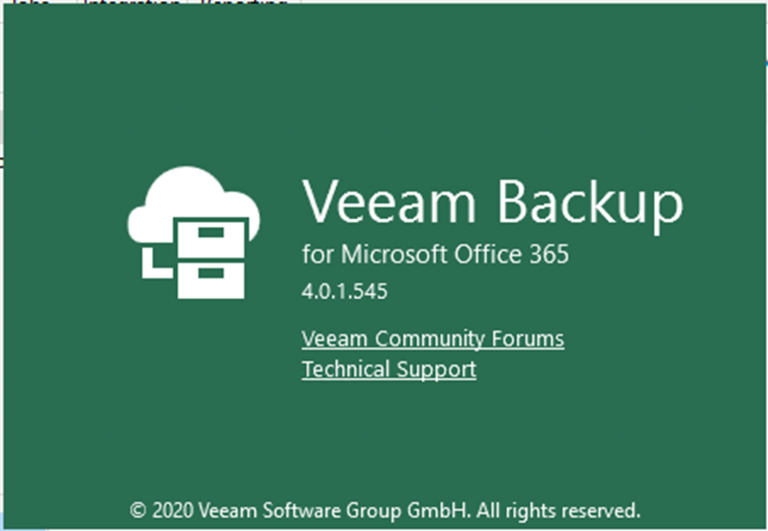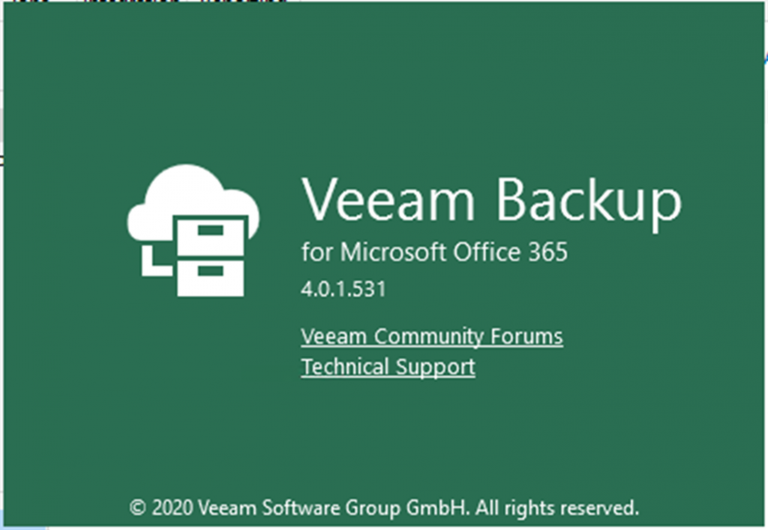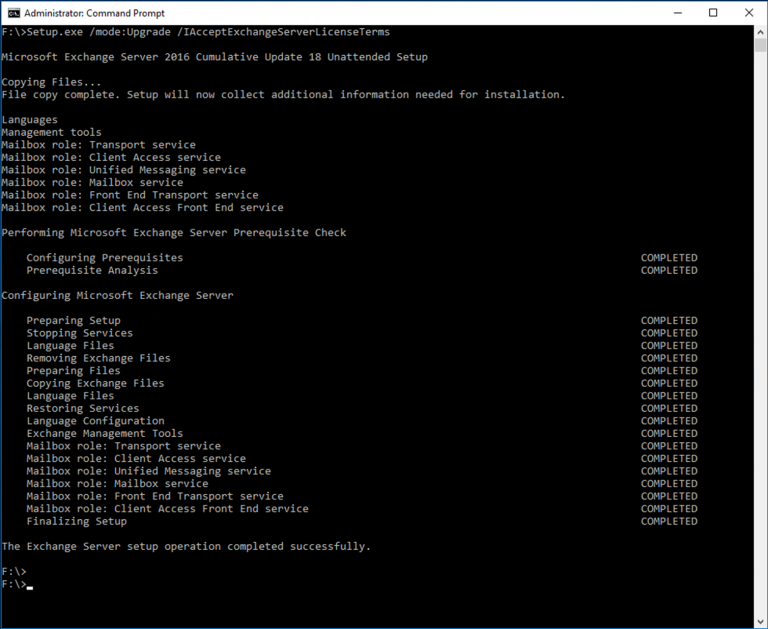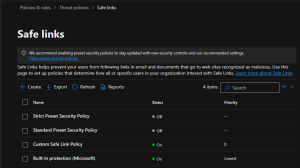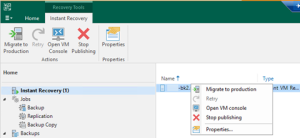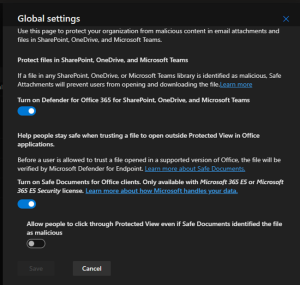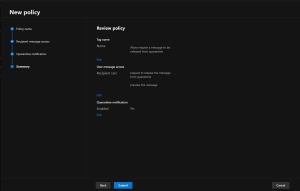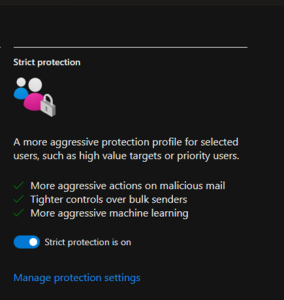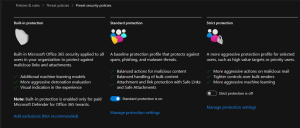Duo Authentication for Remote Desktop Gateway adds two-factor authentication to your RemoteApp Access logons,...
Month: October 2020
Today, I deploy a new domain controller server at Azure after site to site...
Today, I am going to show you how to configure Veeam Backup for Microsoft...
Today, I am going to show you how to step by step transfer FSMO...
Veeam released Veeam Backup for Microsoft Azure 1.0 on April 28, 2020, Veeam Backup...
Today, I am going to show you how to use task scheduler to schedule...
Today, I am going to show you how to Extend Volumes in Storage Space...
Today, when I try to replace the physical hard drives for the S2D e...
Duo integrates with Microsoft Windows client and server operating systems to add two-factor authentication...
Veeam released the Backup & Replication V10 on July 23, Veeam Backup & Replication...
Veeam released Cumulative Patch KB3222 for VBO 365 V4c 365 on July 9, there...
Veeam released Veeam Backup for Microsoft Office 365 on June 4, but the GA...
Microsoft released Cumulative Update 18 for Microsoft Exchange Server 2016 on September 15, 2020....
